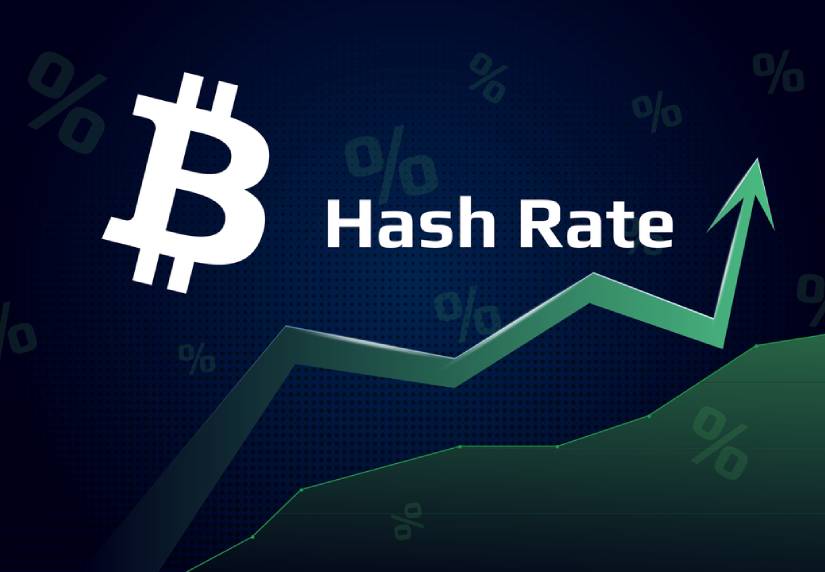TL;DR
- Hashrate Record: The Bitcoin network’s hashrate reached a historic high of 742 EH.
- Increased Production Costs: The total cost to mine one BTC has risen to $71,500.20.
- BTC Sales by Miners: Miners sold approximately 3,000 BTC due to high costs and declining revenues.
The Bitcoin network began September with significant news: the hashrate has hit a historic high of 742 EH.
This substantial increase in the computational power required for mining not only reflects an improvement in network security but has also greatly raised production costs.
The average cost to mine a single BTC has been estimated at $71,500.20, which is quite close to the current market price of $56,800.
This rise in hashrate has had a direct impact on mining profitability.
With production costs now nearly matching the market price, miners’ profit margins have been significantly squeezed.
This situation has led to a decline in daily mining revenue, which fell from over $36 million in August to around $26 million in September.
In response to these economic challenges, many miners have been forced to sell part of their BTC holdings to cover increasing operational costs.
As of September 3, the BTC reserve held by miners had decreased from 1.817 million to 1.814 million coins.
This drop suggests that miners are liquidating their assets to cope with the costs, which could add further downward pressure on BTC’s price.
With approximately 3,000 BTC sold in the early days of September, this trend might continue if production costs remain high relative to the market price.

Impact and Future Outlook of Bitcoin
As BTC’s price stands at $56,800, miners are confronting heightened challenges, especially if production costs persistently exceed the market price.
This imbalance could strain miners’ profit margins further and potentially drive additional sell-offs to manage operational costs.
The current situation necessitates vigilant monitoring of not only miner behavior but also broader macroeconomic updates.
These factors could significantly impact the cryptocurrency market, influencing both Bitcoin’s price and its stability.
Analysts and investors should closely observe these dynamics to gauge how they might affect BTC’s performance in both the immediate and distant future.
Given the economic pressures miners are facing, their strategies are likely to evolve.
This ongoing adjustment may contribute to market volatility, adding to the existing uncertainty surrounding Bitcoin.
As miners adapt to the challenging conditions, the Bitcoin market could experience shifts that affect its overall trajectory, making it crucial to stay informed about these developments.


